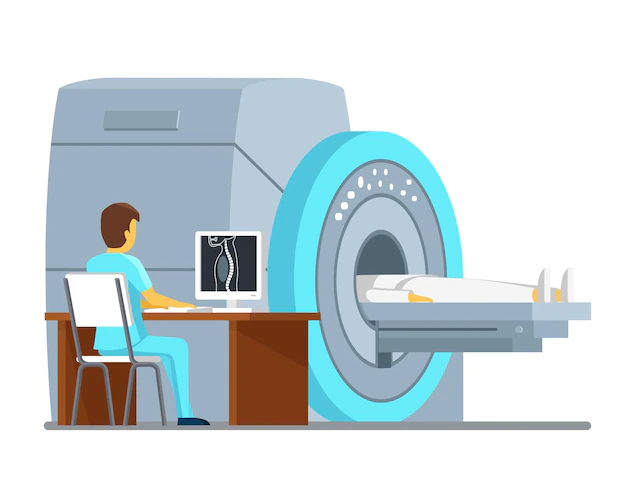ANOTHER VITAL RESOURCE BEING DEPLETED

Helium is a non-renewable resource of great importance to science and modern medicine and advanced physics research. It is essential for achieving the extremely cold temperatures required by many current and emerging technologies as well as for advanced scientific research. The demand for helium has been steadily increasing, and likely that will continue. The biggest consumer of helium is NASA, followed by the USA Department of Defense, which uses a significant quantity to cool liquid hydrogen and oxygen for rocket fuel. Helium is made on earth via nuclear decay of uranium, and recovered from mines. It boils at just 4 K, and during normal lab operations much inevitably evaporates. Once it is released into the atmosphere, it becomes uneconomical to recapture it, and since it is so light, atmospheric helium will eventually escape earth altogether. Continuing on the current path (business as usual, BAU), a shortage of helium is therefore bound to happen in the near future, the big question is when will we run into hard scarcity and what can we do to manage the situation? Currently humanity is squandering this strategically important resource and nearly no significant recycling helium occurs. Medical uses, most importantly MRI imaging, used 30–35% of the helium supply in 2018, entertainment use (party balloons) uses 15%, other scientific use takes about 17%, welding uses 9%, engineering use takes 6%, leak detection uses 5%, and other unspecified uses take about 14%. Of these, the medical use and the scientific use are of high importance for modern health care and the advancement of science. Therefore, during shortages, science is far down the delivery list, because bigger customers get priority. And without helium, scientists can be forced to reschedule or abandon experiments, and to place costly and complicated equipment in shutdown. so party ballons (deadly to sea creatures who see them as food and swallow causing a long and painful death) are seen as more important than essential medical uses.




Hello there! This is my first visit to your blog! We are a team of volunteers and starting a new initiative in a community in the same niche. Your blog provided us useful information to work on. You have done a extraordinary job!